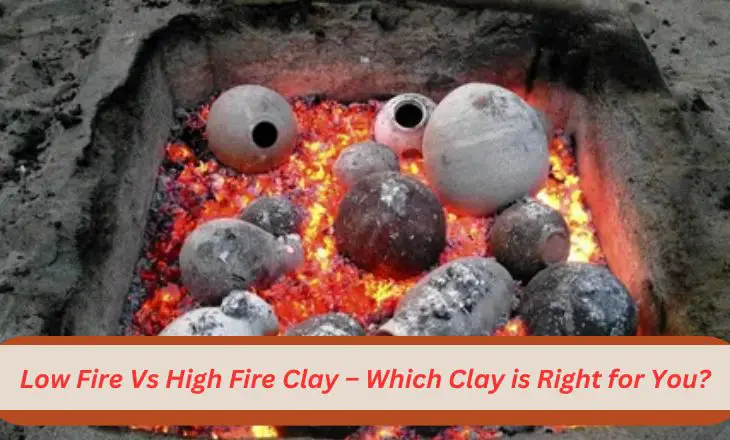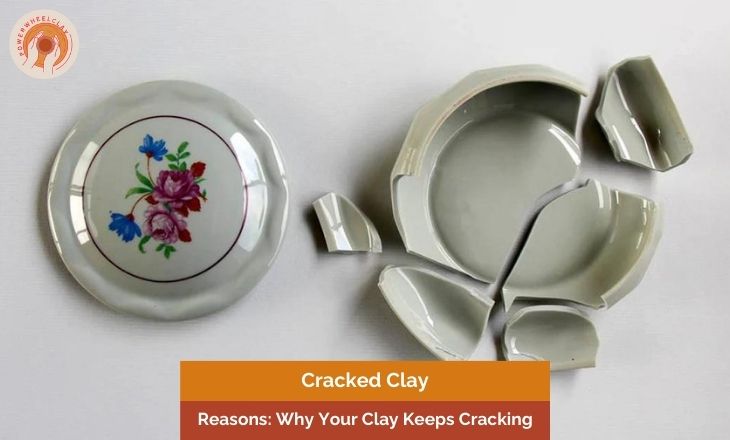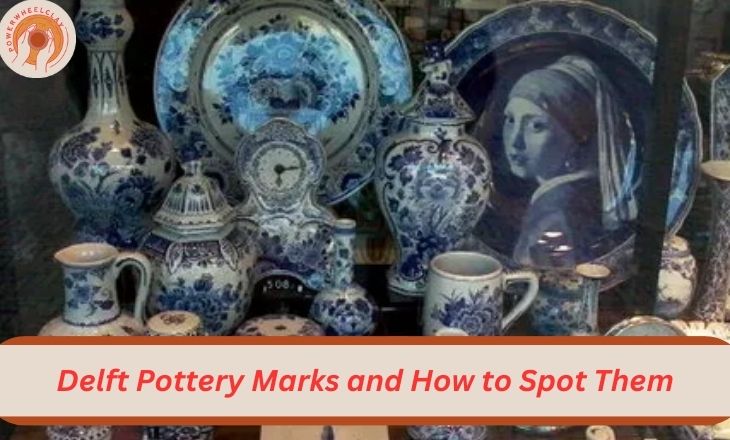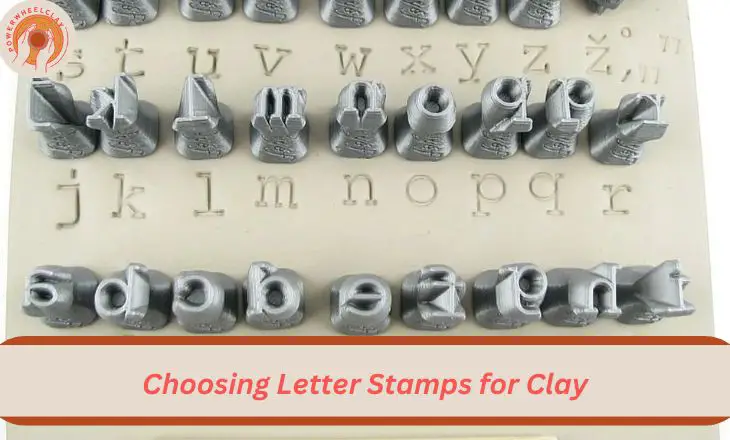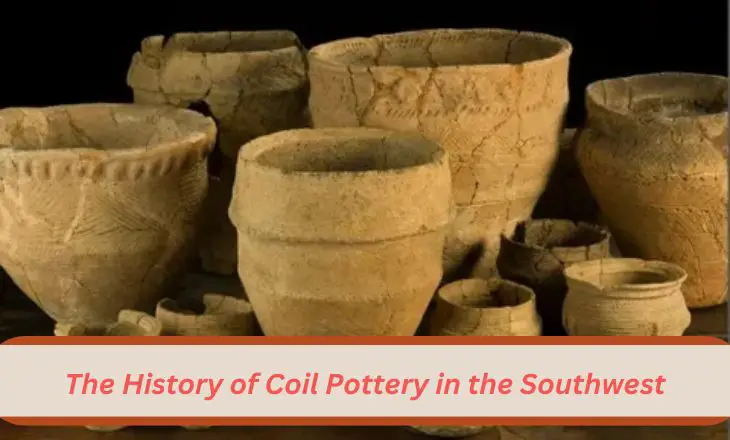Low Fire Vs High Fire Clay – Which Clay is Right for You?
When choosing between low-fire and high-fire clay, it’s essential to consider the specific needs of your project. Low-fire clay is ideal for beginners or those working with children due to its lower firing temperature, making it more forgiving during the drying and firing. Low-fire clay is known for vibrant glaze colors and a smooth finish, perfect for intricate designs.
Low Fire Vs High Fire Clay – What are the Differences?
One key difference between low-fire and high-fire clay is their porosity level. Low-fire clay tends to be more porous due to its lower firing temperature, making it better suited for decorative pieces rather than functional ones. In contrast, high-fire clay vitrifies at higher temperatures, creating a denser and less porous final product that is often preferred for utilitarian items like dinnerware or pottery that needs to hold liquids.
The choice between low-fire and high-fire clay depends on your intended use and desired aesthetic for your ceramic creations.

When it comes to working with clay, the decision between low-fire and high-fire clay can greatly impact the outcome of your ceramics. Low-fire clay is known for its lower firing temperatures, usually around cone 06-04, making it ideal for beginners or those without access to high-firing kilns.
On the other hand, high-fire clay requires significantly higher temperatures, ranging from cone 5-10, resulting in a more durable and vitrified finished product.
A Brief Overview of Cones and What They Mean
It is a little bit about “cones” before we continue to examine what these temperature variations signify. If you’re new to ceramics, you might be wondering what cones are after hearing others discuss them.
One method for calculating the amount of heat and time utilized in a kiln firing is the Orton Cone approach.
When clay reaches its ideal density and strength during firing, it is considered to have matured. Because greater density does not always equate to greater strength, I suggest “optimal” density. If the clay gets denser at any stage during “densification,” it also gets more brittle.
Low Fire Clay
Low-fire clay, also known as earthenware clay, has been a popular choice among ceramic artists for centuries. Its unique properties make it ideal for creating delicate and intricate designs that may not be achievable with other types of clay.
One of the key characteristics of low-fire clay is its lower firing temperature ranging from cone 06 to cone 1, making it easier to work with for beginners and experienced artists alike.
Low Fire Clay – The Pros
Low-fire clay offers several distinct advantages in the world of ceramics. One significant pro is its affordability, making it an accessible option for beginners or those on a budget. low-fire clay has a lower firing temperature, which can be beneficial for those working with kilns that have limited capabilities.

Another advantage is the vivid and vibrant colors that can be achieved with low-fire glazes, creating stunning and eye-catching pieces that stand out from higher-fire clays.
fire clay is often more forgiving when it comes to mistakes during the forming process, as it tends to shrink less and therefore has a lower risk of cracking or warping.
Low Fire Clay – The Cons
Low-fire clay is popular among beginners due to its lower firing temperature requirements, but it comes with a few drawbacks. One major disadvantage is its limited durability compared to high-fire clay. Pieces made from low-fire clay are more prone to cracking and breaking, making them less suitable for functional items like mugs or plates. low fire clay tends to have a higher absorption rate, leading to potential issues with glaze fit and overall finish quality.
Another con of low-fire clay is its limited color options when it comes to glazing. Due to the lower firing temperature, certain glazes may not achieve their intended colors or effects on low-fire clay.
Mid Fire Clay
Mid-fire clay, also known as cone 4-6 clay, offers a delicate balance between workability and durability for greenware ceramic artists.
This versatile clay body is ideal for creating medium to high-temperature projects that require both strength and fine detail. With a firing range of 2100°F to 2260°F, mid-fire clay allows artists to achieve intricate designs without compromising the overall integrity of their pieces.
Mid-Fire Clay – The Pros
Mid-fire clay is a versatile material that offers numerous advantages to ceramic artists and pottery enthusiasts. One notable benefit is its ideal firing temperature range, which falls between cone 4 and cone 7. This allows for a wider variety of glazes and colors to be used, resulting in stunning and vibrant finished pieces. mid-fire clay has excellent workability, making it easy to shape, mold, and sculpt intricate designs with precision.
the mid-range firing temperature of this clay type strikes a good balance between achieving beautiful surface textures without sacrificing structural integrity.
Mid-Fire Clay – The Cons
When working with mid-fire clay, one of the main drawbacks is its increased tendency to warp and deform during firing compared to low-fire clays. This can be particularly frustrating for artists looking to create intricate or precise pieces, as the slightly higher firing temperatures can cause unexpected changes in shape and size.
mid-fire clay can be more challenging to work with for beginners due to its specific firing requirements and potential need for additional equipment such as kilns that can reach higher temperatures.
High Fire Clay
High-fire clay is a versatile and durable material that is favored by many ceramic artists for its ability to withstand high temperatures during firing. This type of clay has a higher melting point than low-fire clays, allowing for more intricate and detailed designs in the finished piece.

The unique properties of high-fire clay also result in a stronger and more durable final product, making it ideal for functional ceramics such as dinnerware, pottery, and sculptural pieces.
High Fire Clay – The Pros
High-fire clay is a game-changer for potters looking to create durable and functional ceramic pieces. One of the main advantages of high-fire clay is its ability to withstand extremely high temperatures during the firing process, resulting in a strong and vitrified finished product.
This makes it ideal for functional items like dinnerware, vases, and sculptures that need to be able to withstand daily use.
the high temperature at which high-fire clay is fired also ensures that the finished piece will be more resistant to chipping and cracking compared to lower-fire clays.
High Fire Clay – The Cons
High-fire clay, despite its many benefits, comes with its own set of cons that users should be aware of. One major downside is the higher cost associated with high-fire clay compared to low-fire or mid-fire clays. This can make it less accessible to beginner ceramic artists or those working on a tight budget.

high fire clay requires special handling and firing techniques to prevent cracking and warping during the firing process, which can be challenging for inexperienced potters.
Conclusion
the choice between low-fire and high-fire clay ultimately depends on your specific needs and preferences as a ceramic artist. Low-fire clay is ideal for beginners or those looking for vibrant colors, while high-fire clay offers durability and versatility. Consider factors such as firing temperature, desired finish, and intended use when selecting the right type of clay for your projects.
Experimenting with both types of clay can also help you determine which works best for your artistic vision. Remember, the key is to choose the clay that aligns with your creative goals and brings your designs to life effectively.
FAQs
What Is Low-Fire Clay?
Low-fire clay, also known as earthenware clay, is a type of clay that is fired at relatively low temperatures, typically between 1,700 and 2,100 degrees Fahrenheit.
What Is High Fire Ceramics?
High-fire ceramics definition also known as stoneware or porcelain, are a type of ceramic material that is fired at a high temperature in a kiln.
What Is Low Fire Ceramics?
Low-fire ceramics definition refers to pottery or ceramic pieces that are fired at a relatively low-temperature range, typically between 1700-2000 degrees Fahrenheit.
